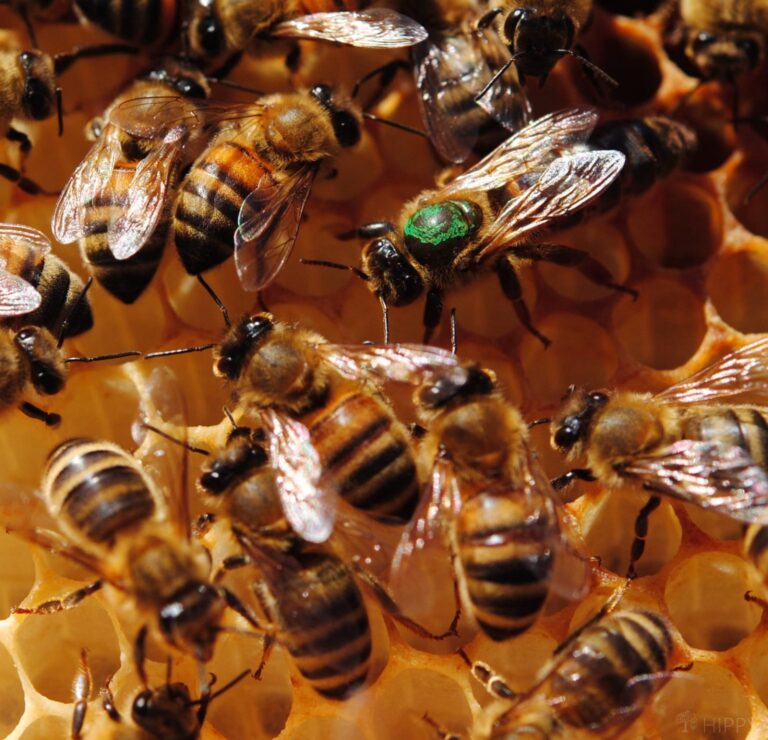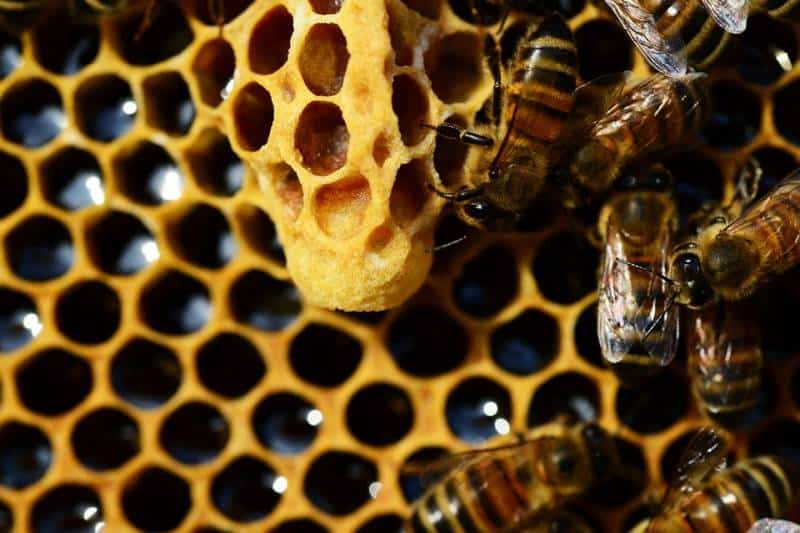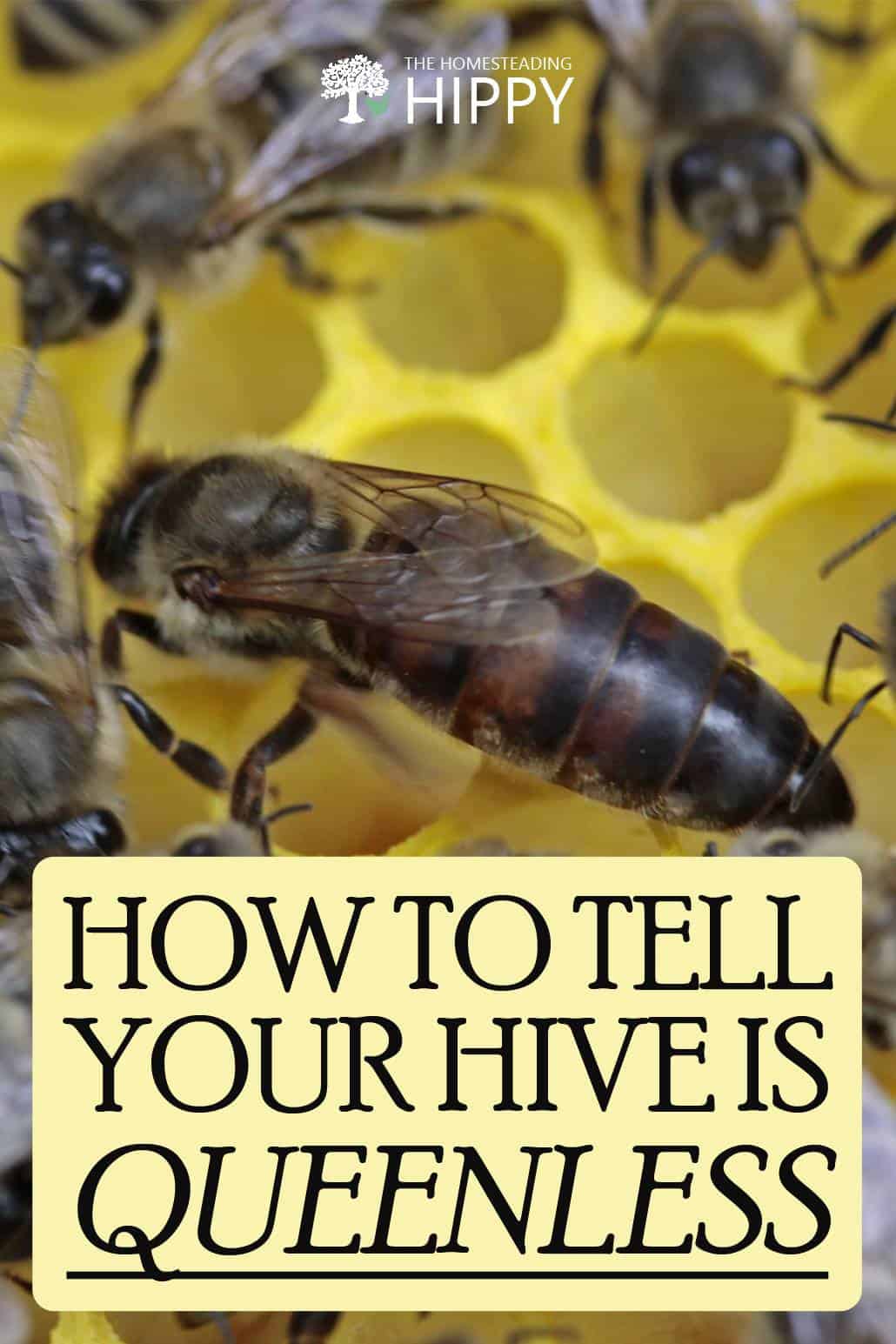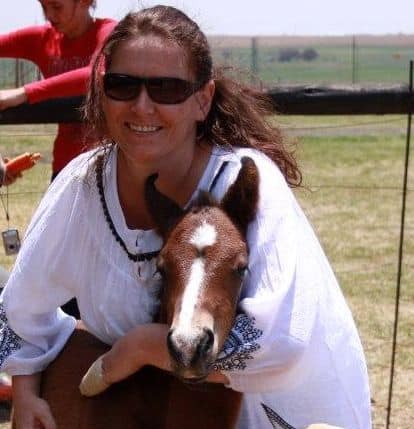If you are new to beekeeping, this article will prepare you for one of the most annoying aspects of beekeeping: Waking up to find you have no bees!
Dead or found a better hotel – waking up too late to ground zero with hives and frames and feeders but no bees can be very frustrating, especially if the bees were just settling in. But why are there no bees? They were happy with last week’s inspection.

The hive is intact and dry. Certainly, not all the bees in the hive are lying dead at the bottom of the hive, so what did you miss, and how can you avoid the same thing happening in six months’ time?
The most important part of hive inspection is checking in on your queen. In beekeeping, if your hive has a queen, the hive is termed “queenright”, if there is no queen it is termed “queenless”. You need to see that she is there, that she is healthy, and that she is laying eggs.
If she is not there, swift action is required to insert a new queen before all your bees move home.
Why Do Queens Vanish?
There are many reasons a queen may vanish. One of the most common reasons is that she got caught and crushed between frames while you were inspecting or splitting the hive.
Always keep your eye on the queen. If you are inspecting, take her out of the hive while you work and put the hive back together, but make sure you put her on her hive, not in the grass where she could get crushed.
- She may have gone out to mate and just not made it home.
- A bird may have made a meal of her.
- Something could have caused her to become so disoriented that she couldn’t find her way home: thunder, earthquake, loud roadworks, the hive being moved.
For your honey bees to stick around and keep working, they have to have a queen or at the very least a queen cell they are tending.
Bees work. Their whole community is built around a queen. Take the queen away, and they have no purpose, so they up and leave in search of a new queen.
There are very clear signals to look for that will indicate that either your bees are getting ready to swarm (off your property), or that they no longer have a queen to serve.
Read the signs, and you will be able to intervene before they hit the road.
Signs of a Queen in a Colony
One of the most important factors in the success of a beehive is having a healthy, active queen. The queen is responsible for laying eggs—up to 2,000 per day—and without her, the hive cannot survive. So, how can you tell if your hive has a queen?
Eggs and Brood
A surefire way to tell if your hive has a queen is by looking for evidence of eggs and brood. The brood is the stage between egg and adult bee, and it consists of three distinct types: larva, pupa, and capped brood.
If you see eggs or any of the three stages of brood, it is a good indication that you have an active queen releasing pheromone and engaging in egg laying behaviors.
Population
Another sign of a healthy hive is population size. A single beehive can house up to 60,000 bees during the summer months.
If your hive seems particularly empty, it could be because you do not have an active queen who is responsible for population growth.
Buzzing Sound
Hives are typically very quiet, but if you put your ear up to the entrance of the hive, you should be able to hear a faint buzzing sound.
This sound is actually the combined buzzes of all the bees inside the hive and is another indicator that your hive has an active queen.
Note that this sound should be a buzz and not a whine. In a queenless colony or one with a lack of brood or a lack of food stores, you’ll notice that the sound is much more like a high pitched whine (more on this below).
Indicators That Show Queenlessness Of Your Hive
Pay attention to the following during inspections (I also recommend visiting the hive once or twice a week – without opening the hive – to check for suspicious activity within the behavior of the hive:
Queen is Not With Other Bees
Checking for eggs and brood should be ingrained in every inspection. Only the queen mates, therefore she is the only bee that lays fertilized eggs. The queen is usually to be found where the freshest eggs are.
Worker bees will sometimes try to raise a new queen in the absence of a queen… but this is rare. The worker’s eggs only produce drone broods, not queens.
She is usually at the center of the action in the hive. Look where the most bees are in the hive. That is where you are most likely to find the queen bee. The workers (or foragers) congregate around the queen to tend to the eggs and brood.
The queen bee looks different from other bees. The queen has a longer, fatter rear end. She will stand out. Don’t mistake a drone for a queen – they are also long and big, but they are fuzzy looking. Know the difference.
Presence of Queen Cells and Queen Cups
If you see queen cells and cups, this is a red flag that your bees may be planning a move in the very near future. I do not destroy queen cells; they bring in some extra cash and are always needed if you plan to split a hive.
Remove the cells with some of the surrounding combs, put them in a safe place, or sell them immediately.

Too Many Drones
If you see an abundance of drones, this could indicate the hive is trying to make a new queen from workers. The drones are noticeably fluffy.
A Laying Worker With Worker Bee Eggs
If you can see multiple eggs in the cells, this is an indication the eggs are being laid by workers.
Drop in Population
Another good symptom to watch for is a drop in population. Bees die, but never en masse unless by disease. You know your hive, you see – or should see – them very often; you can get a sense of a sudden drop in occupants.
As soon as you see the numbers drop, you need to take action to get the hive queenright. If you see numbers are declining, you can still take action to get the hive queenright before they swarm away.
Overproduction of Honey
If your hive suddenly has an overabundance of honey and pollen, it is because the worker bees don’t have work tending to brood. If the workers don’t have a brood to tend, they will help collect pollen and make honey.
While consistent nectar flows and high production are nothing to worry about, you may want to watch out if this occurs all of a sudden.
Don’t immediately assume that the hive producing an abundance of honey is a good thing, it is only going to be good while it lasts. If your queen is there and there are eggs and brood present, and you are suddenly swimming in the honey you need to split the hive.
High Pitched Whine and Other Hive Behavioral Changes
Watch for changes in their behavior. A hive without a queen will be temperamental. The bees will be irritated, and the sound of the hive will change.
The change in temperament by all the bees in the hive is a key indicator that something is amiss.
If you’ve been paying attention to your bees during the inspection, you will hear the difference. You will hear a contrast of high-pitched whining and low roaring.
How To Test Your Beehive for a Queenless Colony
There are two ways to test for queenlessness:
Method #1. Give Them a Frame
Give your bees a frame from a queenright colony. If, after 3 – 5 days, you go back to check and find the colony has tried to produce emergency queens in that frame, it means they have no queen.
Make sure you are looking at the correct frame when assessing this. It is easy to get confused and, seeing no emergency queen cells, assume all is well.
Method #2. Add a New Caged Queen
Place a caged queen on top of the frames and then watch them. If the hive is queenless, the bees will be drawn to the queen in the cage, and will start to fan the queen.
If the hive’s old queen is still going strong, the bees will attack and act aggressively towards the caged queen.
What To Do If Your Queen Is Gone
If you find yourself with a queenless hive, you need to take action quickly to get the colony queenright by installing a queen cell or a queen, or providing a brood taken from another cell.
It will take at least 15 days to raise a new queen from a brood and another 5 days before she is ready to mate and start laying eggs.
Introducing a New Queen
Introducing a new queen is going to be the quickest path to correcting the issue, but it does carry the risk of bringing in new illness to the colony. If I can give them back one of their own queen cells, I’d go with that.
Allow the Bees to Make Their Own Queen
Beekeepers have long known that it is best to allow the bees to make their own queen. There are several reasons for this.
First, a naturally bred queen will have the advantage of feral genes, which may make for a stronger, healthier colony.
Second, allowing the bees to breed their own queen will help to preserve genetic diversity among your apiary.
Finally, this method is simpler and costs no money.
To do this, you can take a frame of eggs from another queenright colony and check back in a few days. This will let you see if the bees are making a queen cell.
If they are, come back in another two to three weeks to see if the queen is lying. This method is much easier than installing a new queen.
Combine the Queenless Beehive With a Queenright Nuc
One option you have is to combine the queenless beehive with a queenright nuc. To do this, you’ll need to remove all of the frames from the queenless hive and put them into the nuc.
Once all of the frames are in place, add the nuc’s queen and allow her to enter the hive. After she’s had time to settle in, remove any remaining frames from the nuc and put them back into the hive.
Destroy the Colony
If you don’t want to go through the effort of combining hives or buying a new queen (or most importantly, of caring for a hive that repeatedly loses its queen), then you can always choose to destroy the colony.
After that, you can start from scratch by getting a new queen and some worker bees. Put them into the hive and wait for them to build up their population.
Where to Purchase a New Virgin Queen
There are a few options for where to buy a replacement queen for your beehive.
The most common option is to purchase one from a local beekeeping supplier or breeder.
This is usually the most affordable option, and you can be sure that the queen is high quality and will be a good match for your hive.
Another option is to order a queen online from a beekeeping supply company. This can be a more expensive option, but it allows you to choose from a wider selection of queens.
Finally, you can capture a wild queen bee and start your own hive with her. This option is free, but it is also the most risky.
There is no guarantee that the wild queen will be compatible with your hives, and she may not have the same qualities that you are looking for in a queen bee.
How Long Can a Beehive Be Queenless?
A beehive can function without a queen for a short period of time, but eventually the population will decline.
Without a queen, the hive will not be able to produce new bees. The existing bees will begin to leave the hive in search of a new queen, and the hive will slowly die off. In most cases, a beehive will only remain queenless for a few days before collapsing.
However, there have been some cases where hives have been able to survive for several weeks without a queen.
This is usually due to the fact that there are still some young bees in the hive who have not yet reached maturity. Once these bees mature, they will leave the hive in search of a new queen, and the hive will eventually collapse.
Summary
The only way to really know your hive is in trouble is to pay attention when working with them. Sometimes queens take a “brood break”, this is something they sometimes do to curb the spread of disease, she will soon start laying eggs again.
Normally, this break lasts up to 21 days. Sometimes the queen becomes infertile and will have to be replaced.
By really paying attention, you can prevent swarming and losing your colonies as a result of queenlessness. Pay attention to the overall attitude of the hive and keep your eyes on your queen.


Di-Anne Devenish Seebregts was raised in an environment where daily life consisted of hiking, environmental conservation, growing fruit and vegetables, and raising poultry for meat and eggs.
She combined her passion for the writing word with her love of the pride that comes with not relying on others. She raised three children (who are now adults) to value the environment, and understand the value of being self-sufficient.
Find out more about Di-Anne on our About Us page.

Pretty good post Thanks. I’ve been running bees since I was 12 years old. Now 67. Got the beekeeping merit badge and there’s always something to learn about the little ladies!! Rick
Thanks Rick.